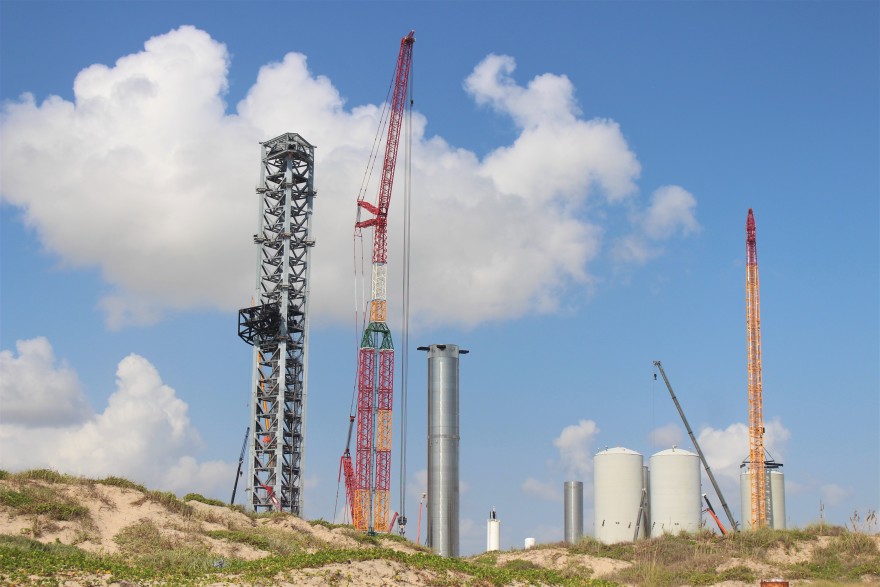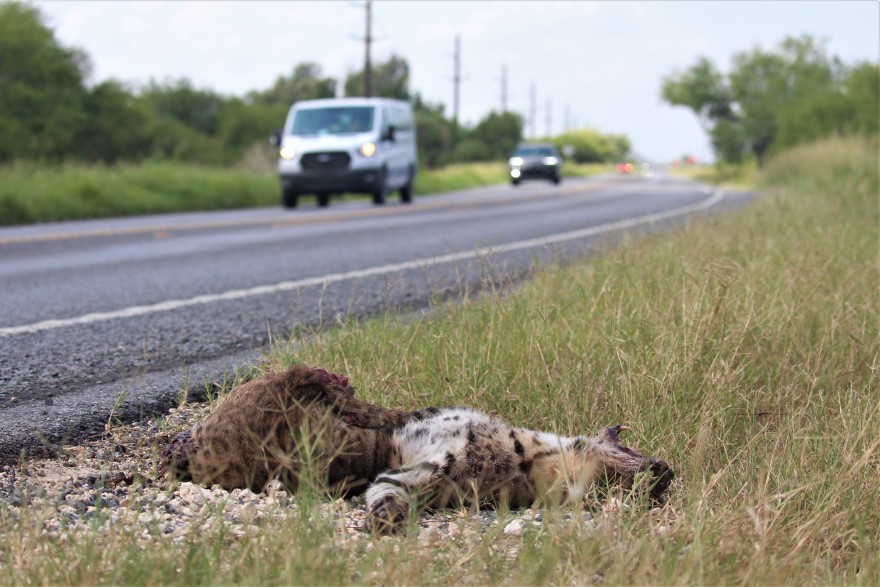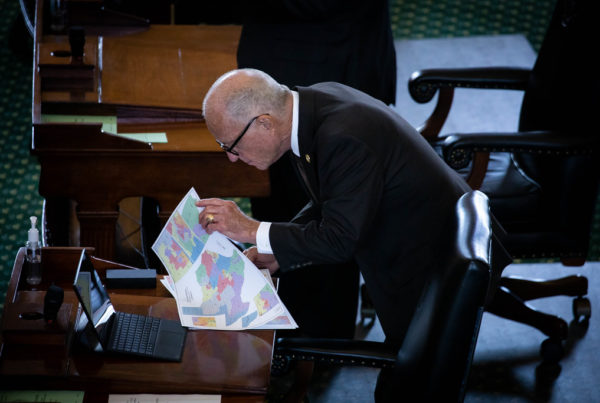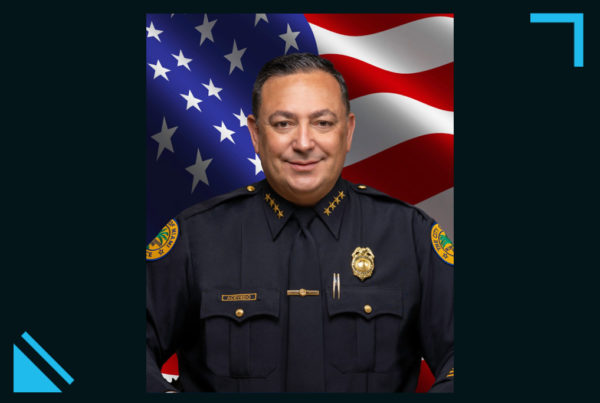There’s only one road to SpaceX — Texas Highway 4. It runs parallel to the Rio Grande, from Brownsville to Boca Chica Beach.
The 40-minute drive takes visitors past dense thickets of thorn scrub, the preferred habitat of endangered ocelots. The spiny vegetation eventually gives way to coastal flats, dunes and a peaceful beach, home to endangered sea turtles, as well as migratory birds not found elsewhere in Texas.
On a Tuesday in early September, a Cameron County sheriff’s vehicle blocked off the road.
“The Highway’s closed until further notice,” a deputy told David Newstead, a program director with the nonprofit research and conservation group Coastal Bend Bays & Estuaries Program.
“Closed today?” Newstead asked.
“Yes, sir.”
The deputy was mistaken. After a brief back-and-forth about the nature of the closure — authorized by what’s known as “a temporary and intermittent closure order” — someone came over his walkie-talkie.
“We are clear to open up the highway.”
The deputy moved his vehicle and let Newstead through. But other people, unaware of the esoteric closure rules that allow a private company to shut down a public road, had already headed back in the direction of Brownsville after being told the highway was closed.
SpaceX is allowed to completely close Boca Chica beach for only 300 hours per year.
“That’s when they’re doing a launch or a test or something like that,” Newstead explained.
But with the permission of Cameron County, the company can keep the beach technically open while closing Highway 4 — the sole access road. This type of closure doesn’t count towards the 300-hour annual limit, even though people can’t enter or exit the beach.
Newstead estimates the company has effectively closed the beach in excess of 1,000 hours per year. The 8-mile strip runs from just below South Padre Island down to the spot where the Rio Grande empties into the Gulf of Mexico. It’s popular with the majority-Latinx, working-class population from Brownsville.
The frequent closures complicate the type of research Newstead’s program does. The work often requires multiple surveys each week.
“That became impossible, essentially, starting last year,” he said.
Stephanie Bilodeau is the researcher trying to do those surveys. She’s a conservation biologist with the coastal bird program that Newstead leads.
“In areas where we previously had a dozen snowy plover, wilson plover nests in a season, close to where the launch pad is, it’s slowly decreased over the years,” she said. “This year, we only had one nest in that area.”
The decline in nesting plovers has coincided with a dramatic increase in SpaceX operations.
Before SpaceX moved in, the Federal Aviation Administration conducted an “environmental impact statement” — an in-depth examination required by federal law. Since then, FAA regulators have allowed the company to ramp up activity beyond what was initially planned for.
“They incrementally just kept approving whatever it was that SpaceX continued to do,” Newstead said. “And that worked for five written reevaluations up to the point where you can see that the project bears no resemblance to what was originally proposed.”














